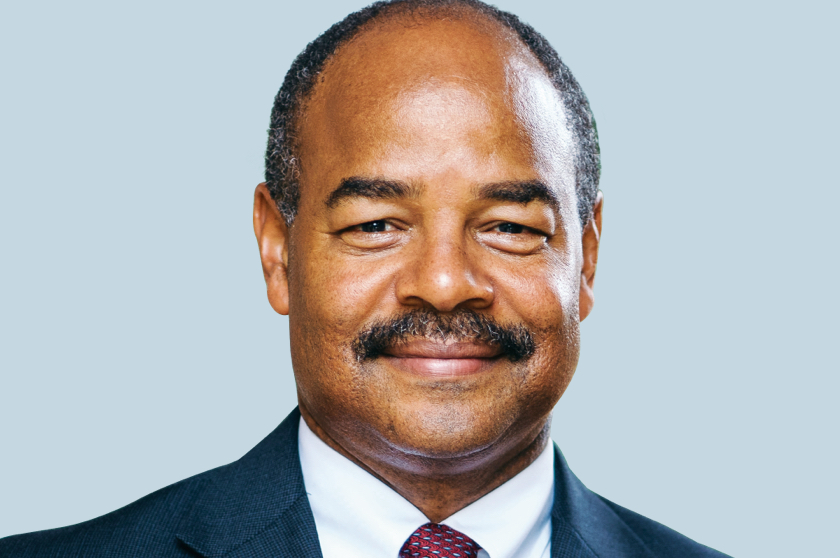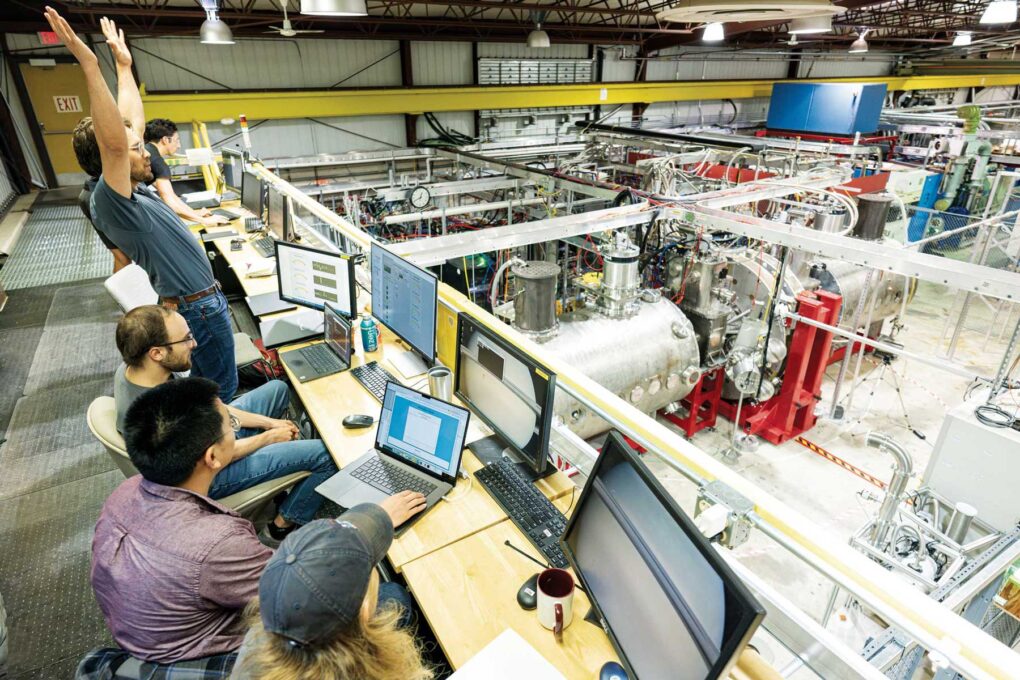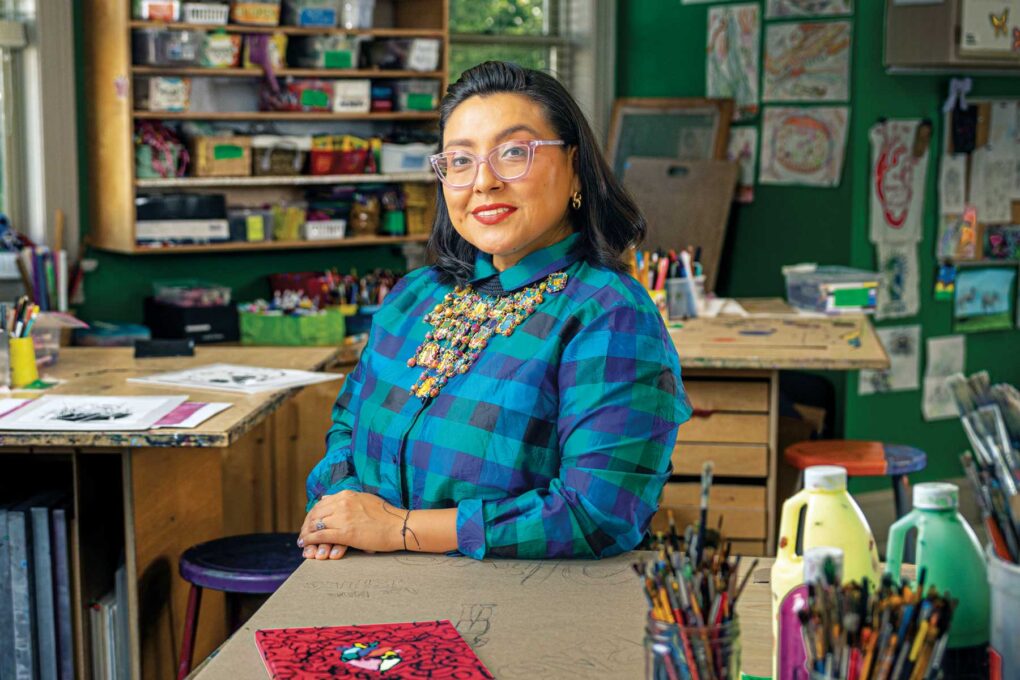
As we planned for the Fall 2025 issue, I wanted to highlight a topic that showcased how L&S faculty, staff and students are working on some of the most important challenges facing society today. When I pitched flooding as a story idea to the magazine team, it was before the Texas disaster that caused 135 casualties. It was before the Appalachian floods in Kentucky that forced entire towns to evacuate. It was before the storms in southeastern Wisconsin this summer that caused so much damage that even the State Fair had to shut down. These headlines are heart-wrenching, but researchers in the College of Letters & Science are already pursuing critical work that can address these crises in the future. We have some of the top experts in this field working to come up with solutions that support people, places and property.
At the core of our cover story, “Flood Zone,” are researchers who are taking the time to listen to the communities affected by these disasters. Take Andrea Dutton, the Helen Jupnik Endowed Research Professor of Geoscience, for example. She’s leading a team to conduct surveys on affected communities to identify what resources they need to rebuild and prevent future damage. Max Besbris, the H.I. Romnes Associate Professor of Sociology, is taking a grassroots approach to finding out why people choose to stay in communities that are at high risk for flooding. And Ed Boswell (PhD’18), a teaching faculty member in the Department of Planning and Landscape Architecture, is getting students involved by helping them connect communities with geographic information system (GIS) tools that can assess the effectiveness of flood prevention plans. It’s this kind of people-focused, collaborative and cross-disciplinary research that is going to create change.
We are in a time when it is essential to stress the importance and impact of research — because it is exactly this type of work that is at risk due to federal spending cuts. That’s why we took a trip down memory lane in “The Road to Discovery,” a story that celebrates some of the most remarkable research breakthroughs that have happened in the history of L&S. From weather satellites to the Healthy Minds app, the College has been tackling some of the biggest questions facing our society since its founding in 1889. I also encourage you to turn to the final story in this magazine, “With Bated Breath,” an essay from botany alumna Stacey D. Smith (PhD’06). When her son had a severe strep infection that threatened his ability to breathe, she met with doctors who knew exactly how to help him. And as a researcher herself, all she could think about was her gratitude for all of the minds who developed the tools, techniques and medication that were needed during her family’s emergency.
Beyond research, this magazine also celebrates our amazing alumni. Turn to “Wisconsin for Life” to read about Badgers who stuck around after graduation to create positive change in their communities or to “Penny for Her Thoughts” to learn how geoscience grad Liz Dennett (MS’10, PhD’14) is using her problem-solving skills to tackle the copper crisis. Plus, there are stories of students exploring our oceans, professors going above and beyond in the classroom and a grad student who’s an expert on the Wicked Witch of the West’s journey from minor antagonist to full-fledged hero.
As the dean, every day I have the privilege of seeing our outstanding students, faculty, staff and alumni at work pursuing excellence. The ideas, discoveries and good works coming from our community don’t develop in a vacuum. Instead, they arise from conversations, partnerships and support from people like you. I’m incredibly grateful to everyone who supports L&S and our mission. We need that support now more than ever. Thank you for championing the College of Letters & Science.
On, Wisconsin!
Eric M. Wilcots
Dean and Mary C. Jacoby Professor of Astronomy,
College of Letters & Science



